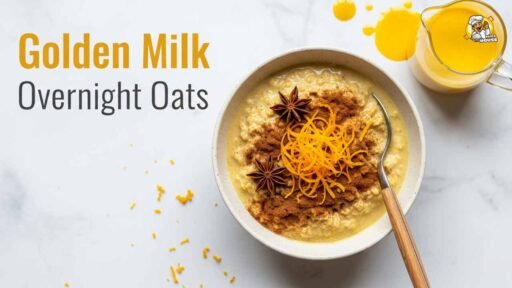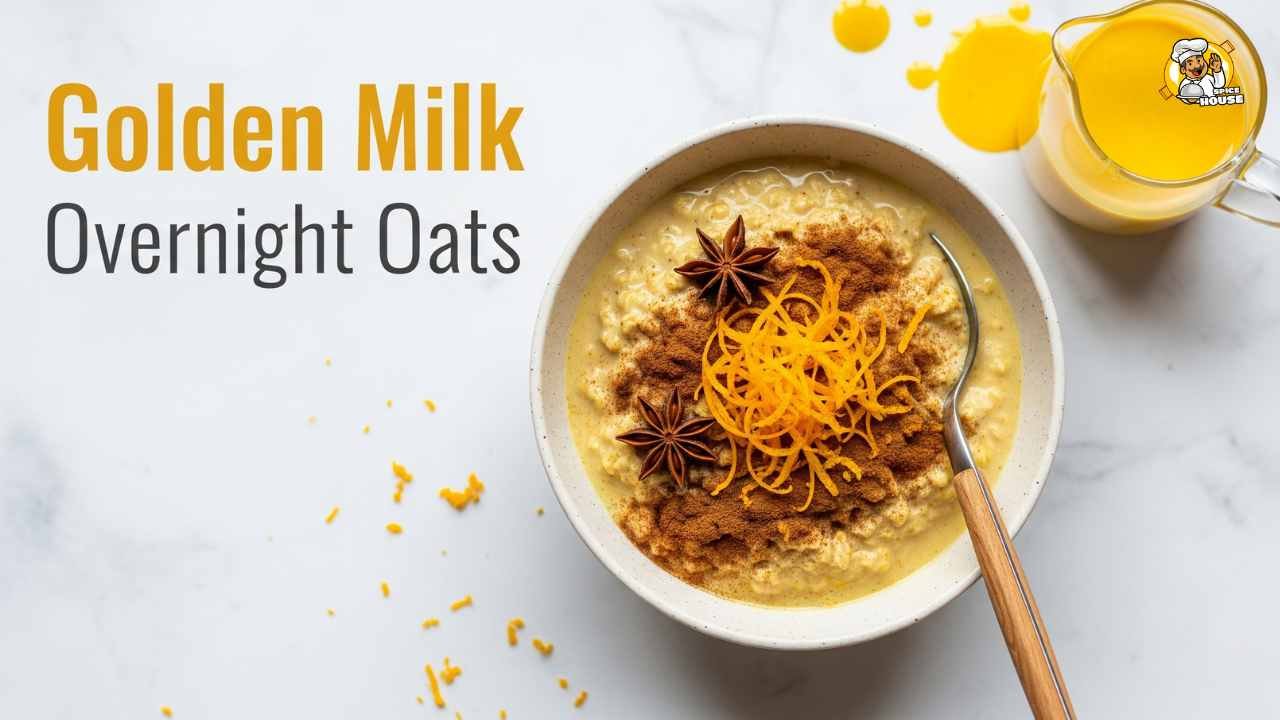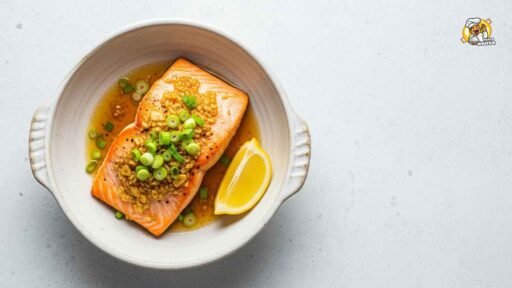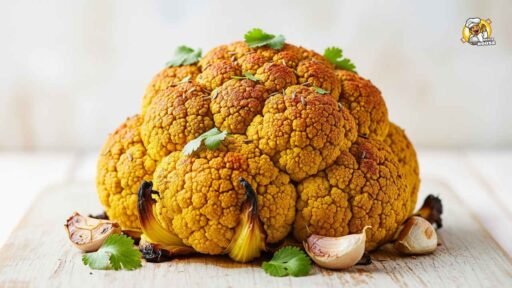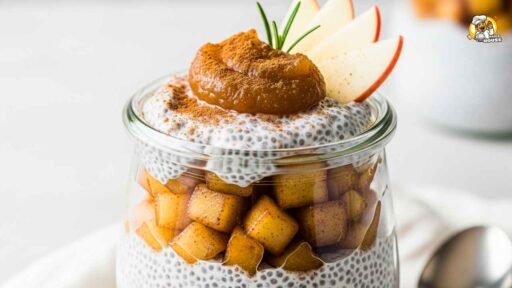Golden Milk Overnight Oats: Tastewise Signals a Dip, But Functional Foods Keep Surging
Roughly one-third of U.S. adults report short sleep, and in 2022, the share of insufficient sleepers ranged from 30% in Vermont to 46% in Hawaii, a stark reminder that sleep is a nationwide constraint on health, productivity, and consumer routine. At the same time, social conversation around overnight oats fell by about 20% year over year, even as consumers keep chasing function-first foods—an odd divergence that hints at fatigue with yesterday’s wellness darlings even while the broader “food as medicine” market accelerates.
Here’s the thing: a simple bowl of golden milk overnight oats promises two things most people actually want, better rest and an effortless morning—yet the science is nuanced and the market incentives are messy, which makes this a perfect case study of how consumer behavior, ingredient research, and CPG strategy collide. That tension affects consumers looking for non-pharma sleep aids, CPG operators deciding where to place innovation bets, and investors reading signals from both social data and category growth to gauge what sticks next in the sleep economy flywheel.
The Data
-
The global functional food and beverage market is projected to grow from USD 398.81 billion in 2025 to USD 793.60 billion by 2032 at a 10.33% CAGR, underlining a structural consumer shift toward nutrition with added benefits.
-
The sleep supplements category is valued at roughly USD 8.8 billion in 2025 with forecasts to reach about USD 13 billion by 2035, reflecting persistent demand for non-prescription sleep solutions even as skepticism about overpromising claims rises, sources say.
-
U.S. short sleep remains widespread: 33.2% of adults reported less than 7 hours per night in 2020, with 2022 state-level estimates spanning 30% to 46%, underscoring large, actionable headroom for food-forward sleep routines.
-
Social chatter for “overnight oats” declined by about 20% over the past year, suggesting consumers may be evolving what they expect from breakfast bowls—or simply demanding more functional specificity like relaxation or sleep support.
Golden Milk Overnight Oats: Step-by-Step Guide
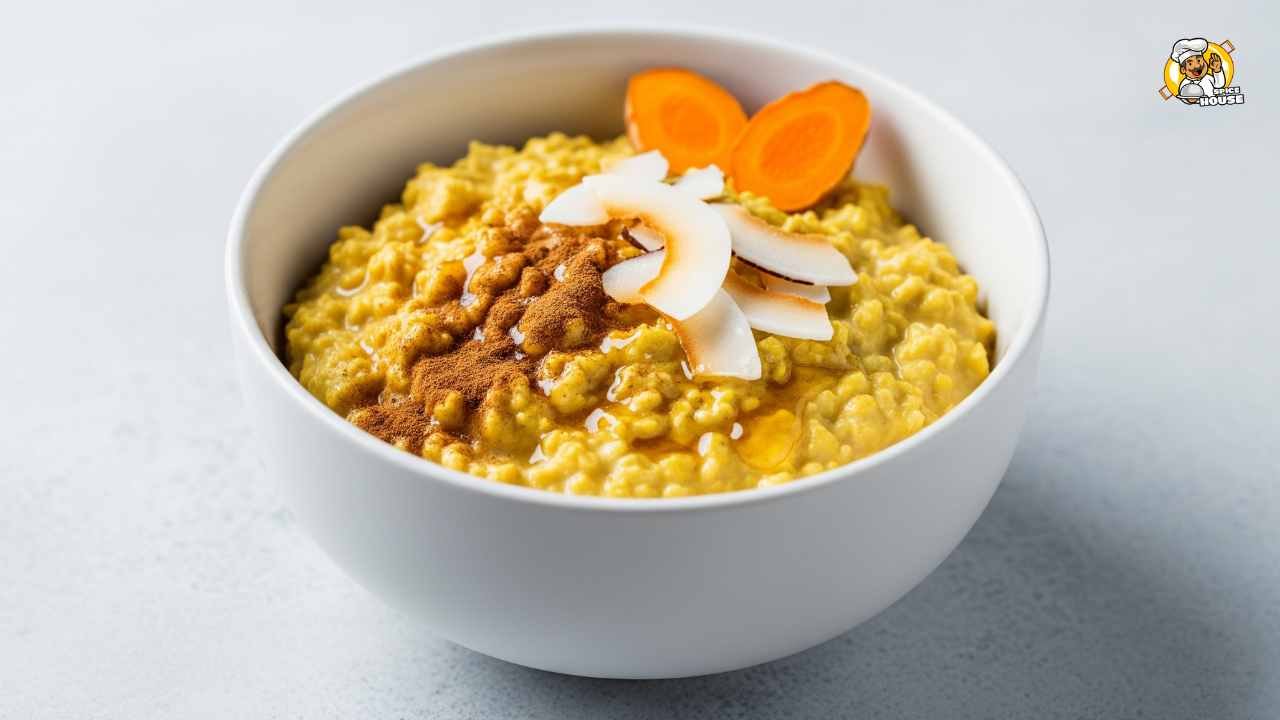
Why This Recipe Now
Consumers want routines that multitask—taste, convenience, and functional benefit—and overnight oats check each box while the functional foods market doubles over the next decade if current projections hold. The sleep economy also keeps expanding beyond pills into foods and beverages that signal calm, recovery, and circadian alignment, making evening-prepped bowls an intuitive bridge between night wind-down and morning follow-through.
Despite a dip in social mentions, oats remain an adaptable canvas, while Ayurvedic “golden milk” adds a recognizable sleep-adjacent narrative—warming spices tied to comfort, milk-associated peptides, and turmeric’s research-backed bioactives that may influence sleep pathways in animal models.
The recipe’s appeal is behavioral as much as biochemical: a calm evening ritual that reduces decision load before bed and guarantees a ready breakfast with steady carbs in the morning feels like an easy win in a world where 1 in 3 adults is underslept. That blend—habit design plus plausible ingredients—helps explain why function-first bowls continue to entice even as some trend trackers show chatter cooling around basic overnight oats templates.
The Science Behind The Bowl
Turmeric’s curcuminoids have demonstrated sleep-promoting effects in animal models by reducing sleep latency and increasing non-REM sleep, with mechanistic work pointing to histamine H1 receptor modulation—early but intriguing evidence for a spice that already anchors golden milk’s anti-inflammatory lore.
Milk’s reputation as a bedtime soother has roots in tryptophan and a newer layer of evidence around casein-derived peptides such as α-casozepine, which have shown stress-relieving and sleep-enhancing properties in preclinical and emerging human contexts, though results vary and dosing matters. Black pepper’s piperine can increase curcumin’s bioavailability, a classic formulation trick in golden milk that may boost the chances that turmeric does something meaningful beyond flavor and color in a real-world serving.
Evidence isn’t uniform, and human trials connecting a single recipe to better sleep are sparse, which is why positioning should stay modest: this bowl supports a wind-down routine, but it doesn’t replace medical care or consistently outperform validated sleep therapies. That said, in a market where functional foods are rising, thoughtful formulation—fat for curcumin absorption, piperine for bioavailability, and comfort cues for habit adoption—can turn a pleasant pre-bed ritual into a sustainable micro-intervention.
Step-By-Step Guides
-
Base ratio: Combine 1/2 cup old-fashioned rolled oats with about 1/2 cup milk (dairy or fortified plant milk) in a lidded jar, adjusting liquid slightly based on desired texture the next morning.
-
Thickeners: Add 1 tablespoon chia seeds or ground flaxseed for creaminess and fiber-driven satiety, stirring thoroughly to prevent clumping and to ensure even hydration overnight in the fridge.
-
Golden milk concentrate: Whisk 1/2 to 3/4 teaspoon ground turmeric with a pinch of black pepper, 1/4 to 1/2 teaspoon cinnamon, and a small grating of fresh ginger or 1/8 teaspoon ground ginger, then fold into the jar; add a teaspoon of honey or maple syrup if a touch of sweetness supports compliance with the routine.
-
Fat for absorption: Stir in 2 to 3 teaspoons of yogurt or a teaspoon of coconut oil or nut butter to provide dietary fat that can aid curcumin absorption while boosting texture and flavor.
-
Overnight rest: Seal and refrigerate 8–12 hours; in the morning, loosen with a splash of milk, taste, and adjust spices; serve with a few berries or a spoon of pistachios or almonds if desired, staying light in the evening version to avoid heavy digestion close to bedtime.
Variations That Fit Real Life
-
Dairy-forward for wind-down: Use warm milk to mix the spice concentrate before cooling and pouring over oats; milk peptides and the comfort cue of warmth can reinforce a relaxation ritual, though the biological effect likely remains modest without clinical dosing.
-
Plant-based focus: Opt for a fortified oat or almond milk and add tahini or almond butter as the fat for curcumin uptake; sweetness can come from a few diced dates blended into the milk to keep the texture smooth.
-
Protein-lean evenings: Keep protein moderate in the evening version, emphasizing spices and a small serving size 1–2 hours before bed, then scale up with yogurt, seeds, and fruit in the morning portion to match daytime energy needs.
-
Batch prep: Make 3 jars at once for the week to reduce friction, but rotate spices or toppings to avoid flavor fatigue—a real behavioral barrier masked when recipes go viral but plateau on repeat.
-
Travel hack: Pack the spice mix pre-measured; add oats and milk at the hotel, which protects the pre-sleep ritual even on the road when sleep is usually worst.
Timing, Hygiene, And The Caveats
Even the best bowl works better inside solid sleep hygiene: dim lights, consistent schedule, screens down, and a wind-down routine that cues the body toward rest are still the highest-impact levers for most adults. A small serving, 60–120 minutes pre-bed functions like herbal tea with benefits—more ritual than remedy—while the remainder holds for a ready-to-eat breakfast that stabilizes the morning, which matters because chronic short sleep correlates with downstream cardio-metabolic risks. If supplements are already in rotation, remember the category is growing but uneven; evidence for foods and botanicals is exciting yet mixed, and results vary by person, dose, and context.
The People
“A CDC analysis notes: ‘Overall, an age-adjusted 33.2% of adults reported short sleep duration in 2020,’ a signal that the problem is broad, persistent, and segmented by demographics and geography,” a reminder from public-health researchers who have mapped the problem county by county. In a market memo flavor, one analyst summary puts it plainly: “Rising Spending on Healthy & Nutritious Diet Products to Fuel Market Growth,” which captures why function-forward SKUs keep multiplying despite taste and masking challenges for botanical actives.
And from the social listening and menu-data side, a practitioner voice hits the practical note: “Tastewise gives me some actual data to say yes, what we think we’re seeing is on the right track,” a nudge that real-time signals, not just hype cycles, should inform whether a recipe narrative like “sleep support” resonates or fatigues.
The Fallout
For CPG players, this is a classic brand-architecture puzzle: attach rising “sleep support” associations to a beloved format like oats, but do it with credible, evidence-aligned claims and taste-first execution, because bitterness or off-notes from botanicals can sink repeat rates faster than a TikTok trend can launch them. Analysts now predict continued growth in functional foods and steady expansion in sleep aids, but formats will bifurcate—mood-and-sleep blends for evening rituals on one side, and “morning calm” bowls that emphasize steady energy and recovery on the other, with precision around language likely becoming a competitive moat.
For consumers, the real-world consequence is a clearer, calmer routine: a small evening portion with the golden spice blend as a comfort cue, and the leftover bowl easing the morning crunch, a two-for-one habit stack in a life where insufficient sleep is the norm in many states and counties. For investors, the signal is mixed but investable: social mentions for overnight oats are down, yet the category’s versatility and the broader functional wave suggest endurance—expect more SKUs leaning into gentle calm, magnesium-adjacent positioning, and “no-grogginess” narratives that sidestep melatonin fatigue.
Recipe Card: Golden Milk Overnight Oats (Evening-To-Morning Flow)
-
Ingredients: 1/2 cup rolled oats; 1/2 cup milk (dairy or fortified plant milk); 1 tablespoon chia; 1/2–3/4 teaspoon turmeric; pinch black pepper; 1/4–1/2 teaspoon cinnamon; 1/8 teaspoon ginger; 2–3 teaspoons yogurt or 1 teaspoon coconut oil/nut butter; 1 teaspoon honey or maple syrup, optional.
-
Method: Stir dry ingredients; whisk spices into milk with sweetener; combine with oats and chia; add yogurt or fat; seal; refrigerate 8–12 hours; portion a small serving 60–120 minutes before bed; finish the rest at breakfast with a few berries if desired.
-
Science notes: Curcuminoids show sleep-promoting effects in animal models; milk peptides may ease stress and support sleep; piperine increases curcumin bioavailability; human evidence is evolving—think “supportive ritual,” not “silver bullet”.
Market Watch
-
Functional foods: USD 398.81B in 2025 to USD 793.60B by 2032, 10.33% CAGR—innovation runway remains wide, especially for gentle, nightly routines that don’t require “supplement” labeling.
-
Sleep supplements: About USD 8.8B in 2025 to USD 13B by 2035—growth continues, but differentiation increasingly depends on dosage transparency, multi-functional blends, and claims discipline.
-
Behavior gap: With 30–46% insufficient sleep across states and 33.2% nationally, products that help people build consistent pre-bed cues—low effort, great taste—are likely to outperform louder but less livable solutions.
-
Trend signal: Overnight oats social conversation fell ~20% YoY, implying brands and creators must refresh formats and benefits—“sleep support” is one credible pivot if backed by taste, ritual, and honest science.
What To Watch Next
-
Claim language: Expect more precise phrasing—“supports relaxation and nightly winding down”—over hard “sleep” claims, reflecting an evidence-aware, regulator-savvy approach in functional foods.
-
Formulation advances: Microencapsulated turmeric for bitterness control; dairy-peptide concentrates for consistent sensory and effect; low-sugar builds that avoid nocturnal glucose spikes while preserving indulgence.
-
Consumer adoption: Simple, repeatable rituals win; recipes that carry over from calm evenings into smooth mornings will outlast single-use hero SKUs, especially in demographics with the highest short-sleep prevalence.
The People, Again—Three Honest Lines
-
“Overall, an age-adjusted 33.2% of adults reported short sleep duration in 2020,” a sober CDC benchmark brands should treat as a design constraint, not just a marketing opportunity.
-
“Rising Spending on Healthy & Nutritious Diet Products to Fuel Market Growth,” an analyst shorthand that captures both the tailwind and the temptation to overreach on benefits.
-
“Tastewise gives me some actual data to say yes, what we think we’re seeing is on the right track,” a reminder that social and menu signals should shape iteration, not just launch strategy.
Closing Thought
If social interest in basic overnight oats is cooling while functional foods heat up, will a refocused, evidence-aware bowl like bolded here—Golden Milk Overnight Oats—be the version that cuts through, or will consumers push the category to an even calmer, simpler evening ritual that looks more like tea than a spoon?
Golden Milk Overnight Oats is mentioned as a concept for clarity in this piece, highlighting its relevance to sleep support routines rather than claiming clinical outcomes.

